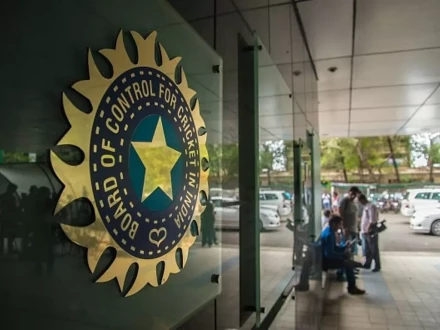Cricket News: BCCI central contracts to be restructured to give national team more prominence
In a time where the winds of change are blowing in Indian cricket, there are a great many things about the way the game is run that stand to be improved
 BCCI contracts to be restructured
BCCI contracts to be restructuredYes, India's decision to prioritize young blood over veterans in the T20I format is evidenced by the fact that the likes of Virat Kohli, Rohit Sharma and KL Rahul aren't in the T20 squad for the series against Sri Lanka – is undoubtedly a good one.
But other changes need to be considered in terms of the way the sport is governed right now.
The best place to start is how the Board of Control hands out central contracts for Cricket in India (BCCI).
As of now, there are four categories – A+, A, B and C. The A+ players are Virat Kohli, Rohit Sharma & Jasprit Bumrah – three undisputed starters across formats and have been for a while.
Grade, A players are those who generally play all formats but can be in and out of a format here or there, hence why this grade features R Ashwin, Ravindra Jadeja, Rishabh Pant, KL Rahul and Mohammed Shami.
Grade B is for players who play only one format or who are seen as bench players across formats, whereas Grade C is for those who are either veterans who don't play often or youngsters breaking into the team.
In a way, the way the contracts are handed out makes sense – but should it be more about who plays more games for the national team over a year instead?
For instance, the three A+ players rarely feature in ODIs and even some T20I series in 2022 on the pretext of workload management. Bumrah, it's worth noting, spent the last four months of the year out with an injury.
Yet these players will happily participate in the Indian Premier League, where they will play at least 14 games in a month and a half, and more if their team makes the playoffs.
It is not fair trade, as the national team needs to catch up on the services of these players, whereas the IPL franchises get them for the season.
And the BCCI currently works very player-driven – and while that isn't wrong, there needs to be a balance in running things.
Therefore, it is in the board's best interest to increase the financial benefits of being available for the national team more often than not.
This, as well as clearly defining which players are available in what formats, will simplify things considerably for the board and the players.
So the lesser the number of all-format players, the better. This way, everyone can partake in the IPL while fulfilling their national team duties – and getting paid properly for both.
It's as close to a win-win situation in this as possible.
Editor's Picks
- 01
Brendon McCullum: England ready to be 'really brave' in team selection for India series
- 02
Diogo Jota inspires Liverpool surge as injuries fail to dampen Premier League lead
- 03
Cameron Norrie ready to go toe-to-toe with the big boys after stellar Australian Open run
- 04
Maxwel Cornet confident of scoring run after opening West Ham account